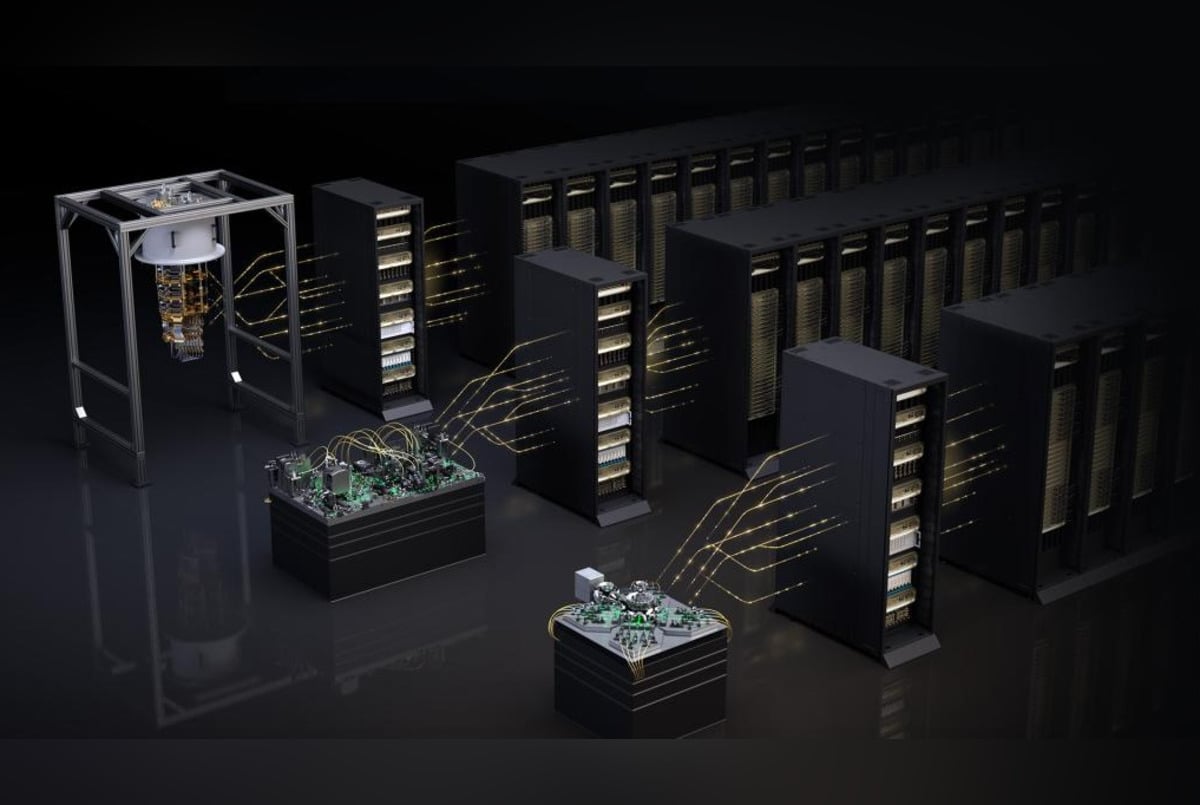Oak Ridge National Laboratory (ORNL) has announced a significant partnership with NVIDIA and HPE to enhance quantum computing through the integration of artificial intelligence (AI) and high-performance computing (HPC). This collaboration aims to position the United States at the forefront of technological advancements in computing. U.S. Secretary of Energy Chris Wright highlighted the initiative’s national importance, stating, “Maintaining America’s leadership in high-performance computing requires us to build the bridge to the next era of computing,” as noted by ORNL.
The partnership will leverage NVIDIA’s NVQLink and CUDA-Q technologies to develop hybrid quantum-classical systems within ORNL’s Frontier exascale environment, set to be operational by 2026. ORNL Director Stephen Streiffer remarked, “Our partnerships at ORNL with NVIDIA and HPE usher in a new era of hybrid computing.” This collaborative effort also emphasizes the importance of harmonizing multiple computing platforms for future scientific advancements.
Advancing Quantum Reliability
The hybrid computing system being developed at ORNL will integrate classical GPU and CPU capabilities with quantum processors using NVIDIA’s CUDA-Q platform. One of the primary objectives is to enhance reliability in quantum computing, particularly addressing the challenge of qubit errors. ORNL software engineer Amir Shehata explained, “We’ll be able to run operations that help us leverage these platforms and look for strategies to make the best possible use of quantum and classical technology.”
The teams from ORNL and NVIDIA are conducting tests at an HPE facility to create a stable platform for quantum error correction research. This project builds upon the previous collaborations between ORNL, NVIDIA, and HPE, which successfully developed renowned supercomputers such as Titan and Summit. Now, the focus shifts to integrating these established capabilities with emerging quantum technologies.
Future of Scientific Computing
The initiative marks a pivotal moment in the evolution of scientific computing. Georgia Tourassi, a key researcher at ORNL, expressed optimism about the future of this field, stating, “We believe the future of scientific computing lies in finding ways to harmonize these three computing platforms and draw on the unique strengths of each approach.”
As the collaboration progresses, it is expected to yield breakthroughs in quantum computing that will have wide-ranging implications across various scientific disciplines. By merging classical and quantum computing technologies, the alliance aims to unlock new possibilities in data processing and problem-solving capabilities, paving the way for innovations that could benefit numerous sectors.
In summary, the partnership between Oak Ridge National Laboratory, NVIDIA, and HPE represents a bold step towards redefining the landscape of computing through the convergence of AI and quantum technologies. This initiative not only underscores the commitment to maintaining leadership in high-performance computing but also sets the stage for future advancements that could significantly impact scientific research and technological development.
